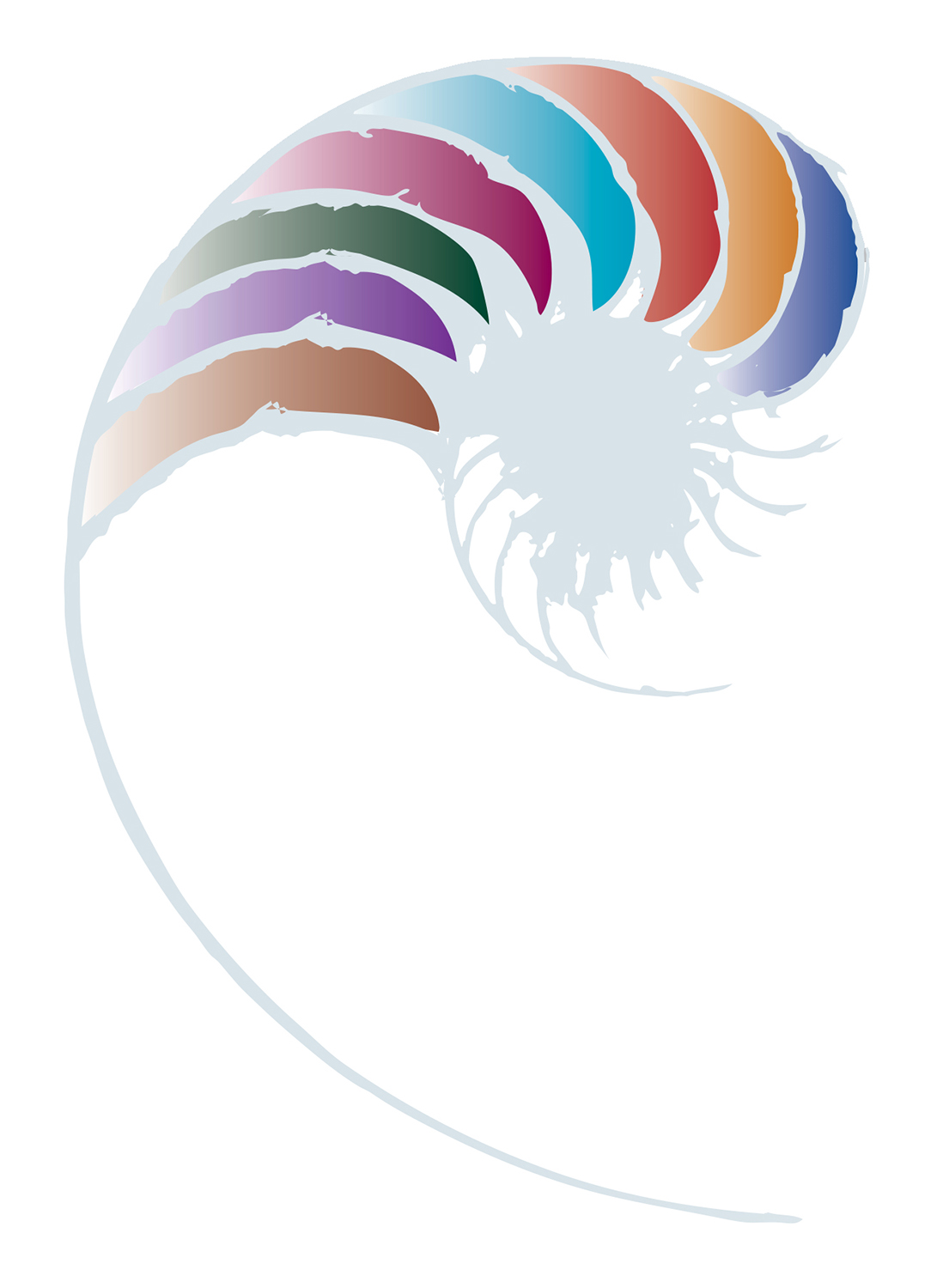Weaving Samoan culture with Te Whāriki
A story of practice about implementing a curriculum based on Te Whāriki that is richly embedded in Samoan cultural values and beliefs, empowering tamaiti to feel a strong sense of connection to their cultural roots.

Story of practice: Punavai o le gagana Samoa, Hastings
O la’u aganu’u ma la’u gagana, o lo’u faasinomaga
My culture and my language is my identity
Key points
- fostering Samoan culture, language, and identity in tamaiti (children)
- weaving local cultural values with Te Whāriki to design an inclusive curriculum
- preserving and celebrating Samoan culture
At the heart of Punavai o le Gagana Samoa is a philosophy that emphasises the preservation and celebration of Samoan identity, language, and culture. The faiā’oga (kaiako) have implemented a curriculum based on Te Whāriki, that is richly embedded in Samoan cultural values and beliefs, empowering tamaiti to feel a strong sense of connection to their cultural roots.
From learning the Samoan language and values to practising traditional dances and customs, every aspect of the service is designed to help the children connect with their heritage and feel proud of their identity.
Punavai o le Gagana Samoa is a small early childhood service in the centre of Hastings. It is run by the Punavai o le Gagana Samoa Trust and is part of the Hastings Samoan Parish of the Methodist Church of New Zealand. At the helm of the service is To’a Elia, team leader, who leads a team of eight dedicated faiā’oga.
Le fale o mea taua
The Punavai o le Gagana Samoa Early Childhood A’oga Amata philosophy is described as a fale (house). At its core, this approach embraces the Te Whāriki principle of Kotahitanga | Holistic development, and nurtures Samoan culture, language, and identity. This aspiration is upheld by four pou (pillars): Ola fa’aleagaga (religion or spirituality), alofa (love), fa’aaloalo (respect), and tautua (service). These four pou underpin a rich thatch of Samoan values and concepts that are important to nurture and pass down to future generations.
Faiā’oga weave these strong Samoan values with the principles and strands of Te Whāriki to design their local curriculum. The combination of the fale and Te Whāriki infuse all aspects of the learning environment – physical, emotional, social, and spiritual.
In this setting, tamaiti are at the centre of the Samoan language, culture, and identity, and 'āiga (family) is the cornerstone of the community. The role of the faiā’oga is to role-model Samoan cultural values and beliefs. Team leader To’a Elia says, "We are guided by tulafono (rules), and ta’ita’ialaina/ta’iala (guidelines), to ensure that the Samoan culture is respected and celebrated in all aspects of our work. The goal of instilling these values and beliefs in the children from a young age is to preserve and promote the Samoan culture for generations to come."
Nurturing the vā
O le i’o i mata o le tama o le teine
The pupil of the brother’s eye is his sister
The Samoan culture places great emphasis on the concept of vā. This refers to the boundary that safeguards the unique relationship between individuals. It fosters a culture of respect and love within personal relationships. This is particularly so for relationships between brothers and sisters.
The concept of vā aligns closely with the principle of Ngā hononga | Relationships. Tamaiti are taught to help each other in a loving and respectful manner. Faiā’oga role-model respectful behaviour, such as allowing elders to go first and helping others with their needs.
To'a says, “Everyday you will see children helping other children with their shoe laces, a child wiping another child’s nose. When we have kai, the boys get the containers for rubbish while the sister stays. But we also make sure that we all help each other in a fair way.”
Celebrating Samoan heritage and culture
Once a year tamaiti, ‘āiga, faiā’oga, and board members all gather to celebrate Samoan heritage and culture at the graduation ceremony. Involving the wider community is regarded an opportunity to give back and highlights the principle of Whānau tangata | Family and community as well as the Mana tangata | Contribution strand of Te Whāriki.
The graduation ceremony is where ‘āiga proudly listen to their tamaiti speaking gagana Samoa confidently as they share traditional Samoan stories and perform a traditional ava ceremony. To'a says, “We can see how proud the ‘āiga and community feel when they see tamaiti demonstrating their cultural knowledge. We see our values being passed on through our tamaiti.”
As well as feeling proud of their tamaiti, To’a and her team have observed how the service’s commitment to Samoan culture creates an opportunity for ‘āiga to re-connect to their heritage language through their tamaiti.
For the team at Punavai o le Gagana Samoa, their work is not just about providing education and care, but also about helping to ensure the survival and thriving of Samoan culture and identity for generations to come.
About this resource
A story of practice from Punavai o le gagana Samoa, Hastings, about implementing a curriculum based on Te Whāriki that is richly embedded in Samoan cultural values and beliefs, empowering tamaiti to feel a strong sense of connection to their cultural roots.



